Because we are such a sedentary culture, movement recommendations are often simplified into one basic instruction: “Move more.” As a biomechanist and movement teacher, of course I agree we need to move. But, I think the general advice to “move more” tends to disregard the idea that how you move — your alignment, mode of movement, and different types of movements — matters.
It’s often difficult to find time to get the movement we require. So, allow me to present gardening as a way to “move more” — move a greater number of your body parts and move in a way that solves the “no time for more exercise” issue.
One of the best workouts you can do is gardening, because squats, bends, pulls, lifts, and carries done alongside gardening are converted into food — you’re reaping the most essential benefit of all, sustenance! (And if you’re more of a flower gardener, then you’re feeding pollinators, who in turn help feed us — so it’s the same deal!) The garden is an excellent personal trainer: If you’re giving the garden everything it needs, you can’t help but cross-train.
Alignment Matters
New workouts — even gardening workouts — can leave typically untouched muscles hurting the next day. This is why your form matters. How you move your body can affect how you respond or adapt to movement, or how you feel afterward. I’ve spent much of my career helping people see how they carry their office-job stiffness into their exercise routine and how to break up stiff bits through corrective exercises so that they’re more mobile — so they use more parts of their bodies and injure themselves less — when they do finally move.
Maintaining “good alignment” doesn’t mean doing everything in the same position! Instead, it includes the idea that we need to move our bodies in many positions throughout the day (and throughout our lives), so that many of our parts are mobile and strong. This is why cross-training is recommended and why alignment is a crucial element of movement. Your form, frequency, and distribution of movement affect how a movement works for your body.
Movement Matters, Too
How you choose to move can also affect how much movement you’re able to fit into your life. Movements that have a purpose other than exercise — movements that get you things you need, like groceries, rather than movements you do specifically to reap fitness benefits — are easier to fit into your life, because they can take place outside of your limited workout time. We all have many more needs than just fitness, so tending to these needs through movement is the most feasible way to start getting the larger frequencies of physical activity we require.
Which brings me back to the garden.
Just as I create exercises for those who want to stave off stiffness due to their desk job, I’ve created a list of suggestions for how to reap even more movement and even better alignment while using your body to grow and harvest food. Here are some tips to help cross-train in the garden:
1. Alternate your tasks. Do five minutes of weeding, then five minutes of watering, then five minutes of pruning, and so on, cycling through tasks so you’re not in the same body shape for too long. It’s like circuit training, but with dirt.
2. Change your position during tasks. You know those stretches you struggle to fit into your day or those yoga poses you’d love to see off the mat? Try squatting, standing on one leg, lunging, or v-sitting while you’re weeding.
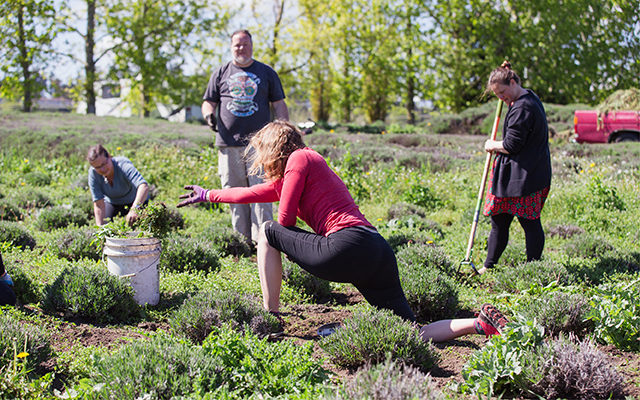
3. Mix up your grip. Hold the trowel with the other hand, or reverse the way you stack your hands when shoveling, to strengthen yourself on the left and right. Yes, the job feels less efficient, but in the larger picture, it’s not that efficient to work one side of your body a lot more than the other.
4. Use different tools for the same job. If you’re digging up a new bed, switch between a large shovel and a small trowel. The task you’re completing is the same, but you’ll be using different parts of your body in different ways, so you’re less likely to get fatigued in one area.
5. Carry stuff. Carry water in buckets, or haul your loads of plants, sod, compost, etc., in your arms. Sure, one wheelbarrow trip can make it easier (read: one wheelbarrow trip can use less movement) to bring a load, but if the load’s too big for your arms, try taking more trips across the yard before you resort to a wheelbarrow. And speaking of those trips . . .
6. Vary your carry. Always hold on one side of your body? MIX IT UP. (I’m not only talking fertilizer.)

7. Find your hips. No matter what you’ve heard, bending at the spine is fine. But only being able to bend from the spine — not having much movement at the hips — and doing lots of repetitive spine-bending can leave you feeling achy. Check out this quick bending-form makeover for more butt (and less back) use!
8. Vary your landscape. Grow some tall things (go for some 7-foot pea varieties!) to naturally fit in reaching and stretching sessions as you set up trellises, prune, or harvest.
9. Don’t let gardening be your only movement for the day. One of the reasons many get stiff after a day in the garden is that it’s our one long, dynamic movement session per week. See if you can incorporate more movement throughout your life. Add small walks throughout the day — walk part of the way to work or to grab your morning coffee, sit on the floor more often (rather than on furniture) to keep your hips and knees supple throughout the week, and carry more items to keep your arms strong enough to schlep soil.
10. Invite your friends to help! Adding a bit of community is my favorite way to cross-train, because it broadens the impact of my movement beyond my personal physical benefits. Now my movement is social time! I’m not only spreading my toes in the dirt, I’m spreading the LOVE. And, eventually, the zucchini.
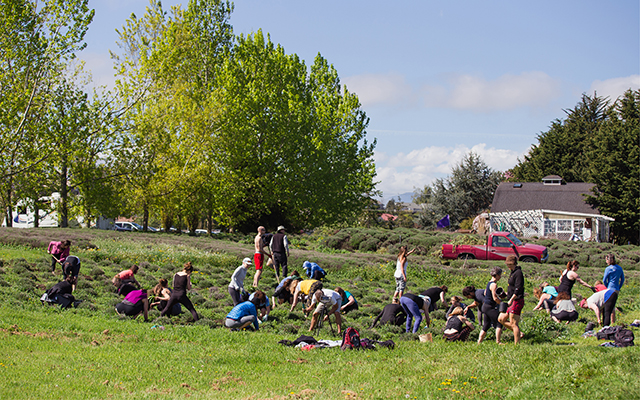
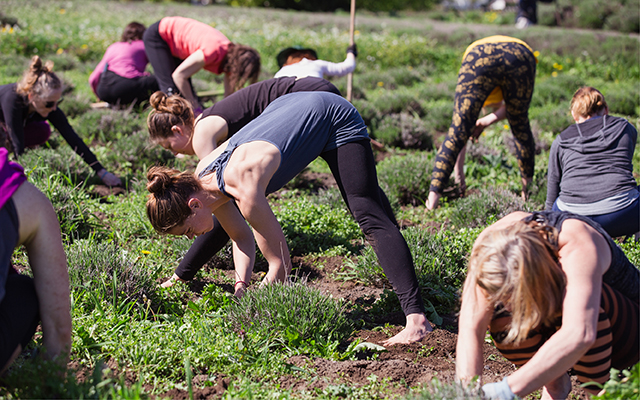
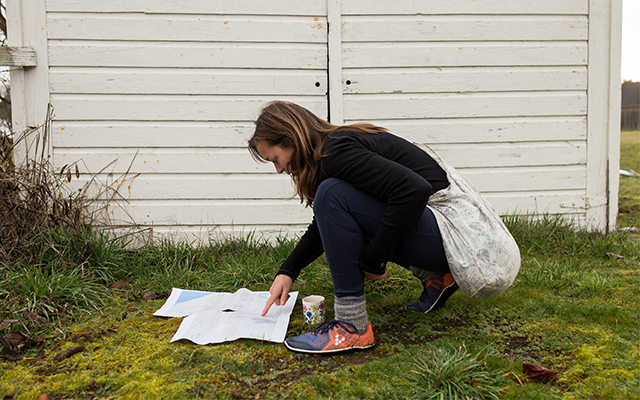

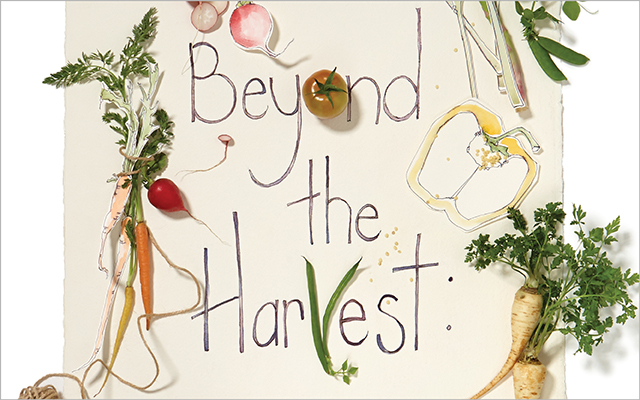
This Post Has 2 Comments
I love these tips! Thank you!!
Thank you very much, this article was eye-opening for me. I garden a lot in the summer and with this I’m going to get more balanced and varied movements in my vegetable garden this summer.